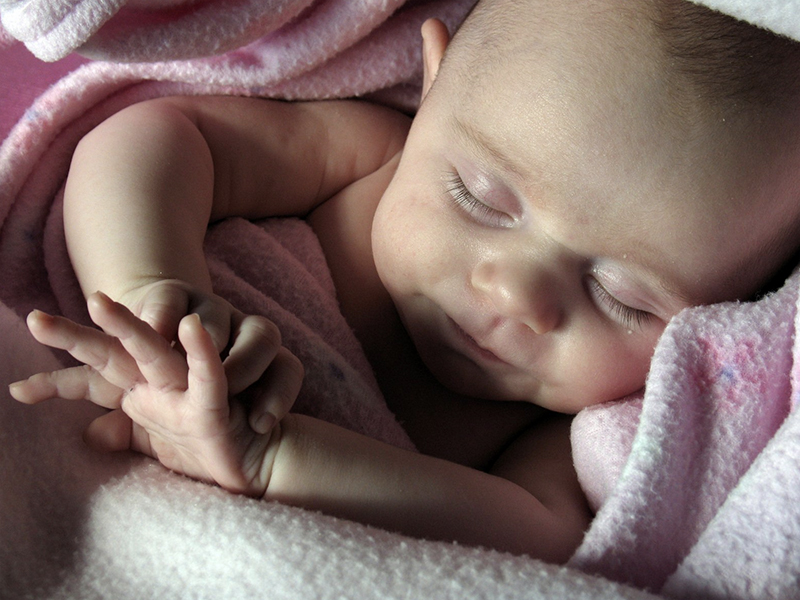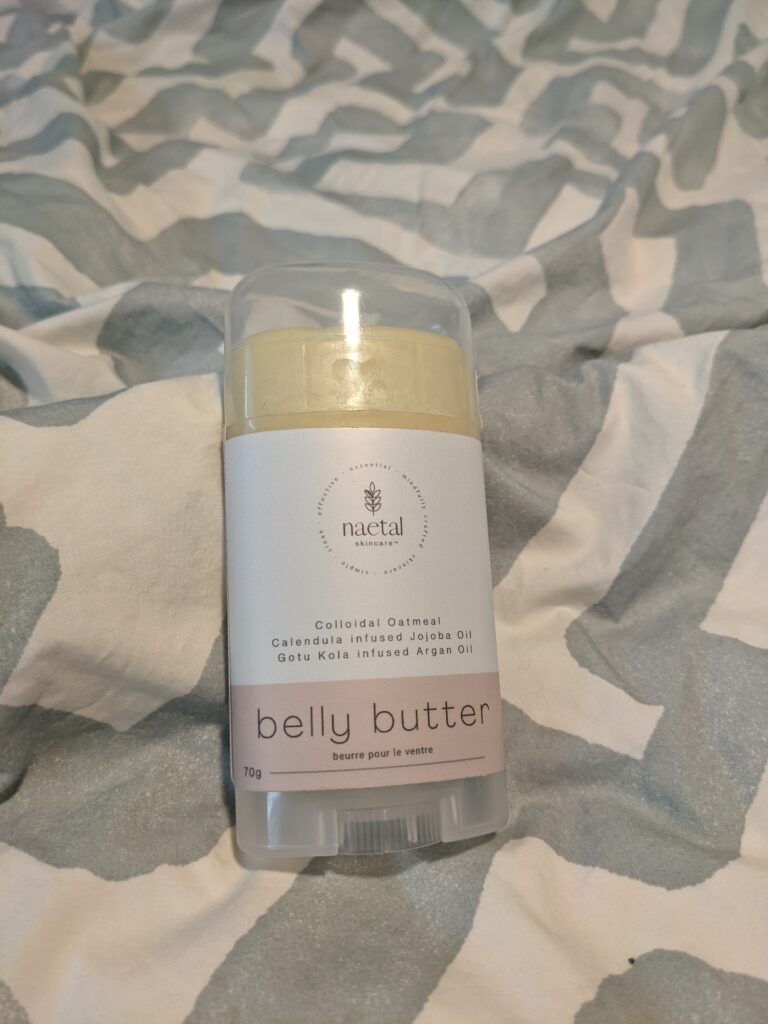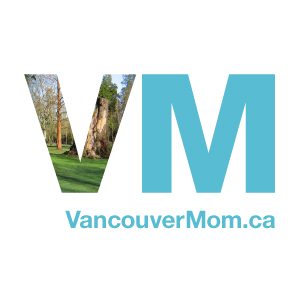April is International Caesarean, aka C-Section, Awareness month. This campaign aims to raise awareness and increase education around births by caesarean, whether planned or unplanned. I’ve had two c-sections, one unplanned and one planned. I can settle any dispute that a caesarean is the easy way out. There is no easy way to birth a baby. Fact.
The International Caesarean Awareness Network shares that 35.3% of births in British Columbia are by Caesarean. Even if you’re not planning to have a C-section birth it’s wise to educate yourself around why a C-section may be suggested or what to do if your birth results in one. The more information you have going into your labour and delivery, the more empowered you’ll feel to make decisions.
Having a C-Section is not Failing
Having a C-section is not failing. Giving birth is much more than how a baby comes out of your body. What matters most is what happens after the baby is out, that’s when the fun begins.
Regardless, no matter how a baby is birthed, there is recovery. If you do have a C-section, below are some tips to support you in your healing from this major surgery. Recovery can feel long, both emotionally and physically so proceed with kindness for yourself.

1. Rest
Your body has just undergone major surgery, not to mention the nine months of pregnancy. To heal well your body needs rest. It is tempting to want to be getting up to check on your baby and get the door when family comes, but your body needs time to recover and heal. This happens best when you are resting and allowing others to look after you and support you looking after your baby. Don’t lift anything heavier than your baby for at least 2-3 weeks. Heavy lifting and straining can damage weakened muscles and connective tissue as they are healing. Not allowing yourself to rest will slow down your recovery.
2. Support Your Belly
Wearing high-waisted pants or underwear that support your abdomen after surgery is beneficial. This added support against your incision provides comfort and helps the connective tissues heal, encouraging the abdominal muscles to re-align. In the days following your C-section if you laugh or sneeze hold a towel or cushion against your incision to avoid extra pressure to the area.

3. See a Physio
As we learned from local pelvic floor physiotherapist The Vagina Coach, even if you’ve had a C-section it’s still recommended to visit a pelvic floor physio after giving birth. A physio can offer gentle exercises to encourage blood flow, help reduce swelling, remove toxins and minimize the risk of infection or blood clots. Pelvic floor health is an important part of any post-partum journey. The Vagina Coach is one local option that offers resources, exercises and support.
4. Get Comfortable With Your Scar
Once your incision has begun healing, scar tissue mobilization, or skin massage, is important to prevent adhesions from building up in the layers of scar tissue under the incision. Build up of scar tissue can lead to decreased mobility, impaired core function, numbness and a protruding incision.
Try rubbing all-natural Naetal Belly Butter on your scar daily to soothe and moisturize skin. The massage will activate the scar tissue underneath. Belly butter will improve scars and pigmentation and can also be used to maintain elasticity and improve stretch marks.

Vancouver Mom to Follow: Vivian Lam of Naetal Skincare
5. Get Support at Home
Babies are exhausting. Even more so when moving around is a challenge and your body needs rest. Set yourself up with meal services as standing in the kitchen will not support you healing in the weeks after surgery. Bloom Natural Nutrition bundles offer weekly curated selections of meals, with a focus on warming, healing and seasonal foods to support postpartum mamas and their families. Ask friends and family to create a meal train and drop food off to you. Having groceries delivered will save time and allow more rest. Treating yourself to cleaning or meal services for a few weeks may feel indulgent but it allows you to save your energy for your new baby.
6. Process Your Emotions
Often having a C-section wasn’t in your birth plan, especially if it was an emergency situation. There can be feelings of guilt or shame around not having a vaginal birth. It’s important to talk about these feelings and understand what led to the operating table. Your doctors, nurses, midwives and doula want the safest outcome for you and your baby. If you’re struggling with the trauma of having undergone a caesarean birth it’s important to speak to a counsellor.
The Pacific Post Partum Support Society is a great resource to begin with.
Jenn Wint is a writer, communications strategist and a public relations specialist. She is passionate about storytelling and community. Jenn lives in East Vancouver with her husband, 3yo son and 1yo daughter. You’ll find them hanging around Vancouver’s playgrounds, water parks, coffee shops and anywhere that bakes fresh cookies in-house!



















